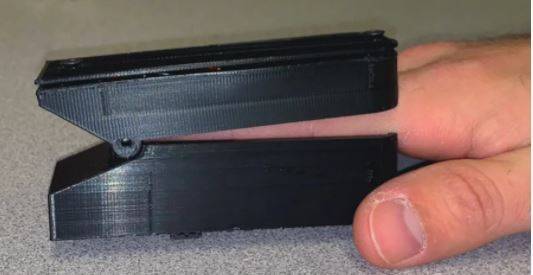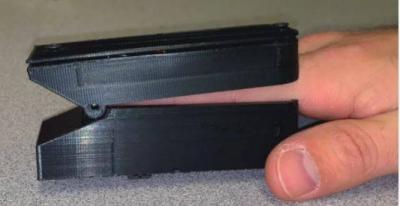Engineers at the University of Missouri have successfully designed a prototype for a new device to monitor blood pressure, which is used for regular monitoring in individuals, aiding in the early detection of various health issues such as hypertension, which has no warning signs or symptoms. In traditional methods, there are several factors that affect the accuracy of blood pressure readings, including the anxiety of the patient undergoing the measurement in a doctor's office, a phenomenon known as "white coat syndrome."
Researchers at the University of Missouri have customized a commercial finger clip device to provide a quick and non-invasive method to measure and continuously monitor blood pressure, efforts that were recently documented in a new study published in the IEEE Sensors Journal.
**Outstanding Features**
Richard Beville, a graduate student in aerospace and mechanical engineering at the University of Missouri and the study's main author, states: "In addition to measuring blood pressure, the device can also measure four additional vital signs simultaneously: heart rate, blood oxygen saturation, body temperature, and respiratory rate." He continues: "Traditionally, having blood pressure measured requires a person in a hospital or clinic using an inflatable cuff wrapped around their arm, but there are three problems with this method. It can cause arterial damage if done repeatedly over a short period, and people's blood pressure can rise due to nervousness."
Beville explains: "While it can take up to 30 seconds to complete a measurement using traditional methods, our device can record blood pressure in 5 seconds using optical sensors placed on the fingertip that measure the amount of light reflected off the blood vessels beneath the skin's surface." This process is called photoplethysmography (PPG), and the device uses two sensors located at different points on the finger to capture an individual's pulse in order to calculate the pulse wave velocity, or how quickly blood travels through the bloodstream.
Once data on the pulse wave velocity is collected, it is wirelessly sent to a computer for signal processing and blood pressure calculation using a machine learning algorithm, as previous studies have shown a strong correlation between pulse wave velocity and blood pressure. In the study, a trial of the device on a sample of 26 participants revealed an accuracy rate of approximately 90% for systolic blood pressure and 63% for diastolic blood pressure. Beville comments, "The accuracy rate varies between systolic and diastolic because diastolic pressure, which is the minimum blood pressure, can change significantly depending on the person's age and can also be influenced by various factors such as age, arterial stiffness, general health, and body weight."
Researchers are currently working on developing the device for home use, and they aim in the future to develop predictive computational models to help identify vital signs that may serve as indicators for various human diseases, such as COVID-19 and influenza.




